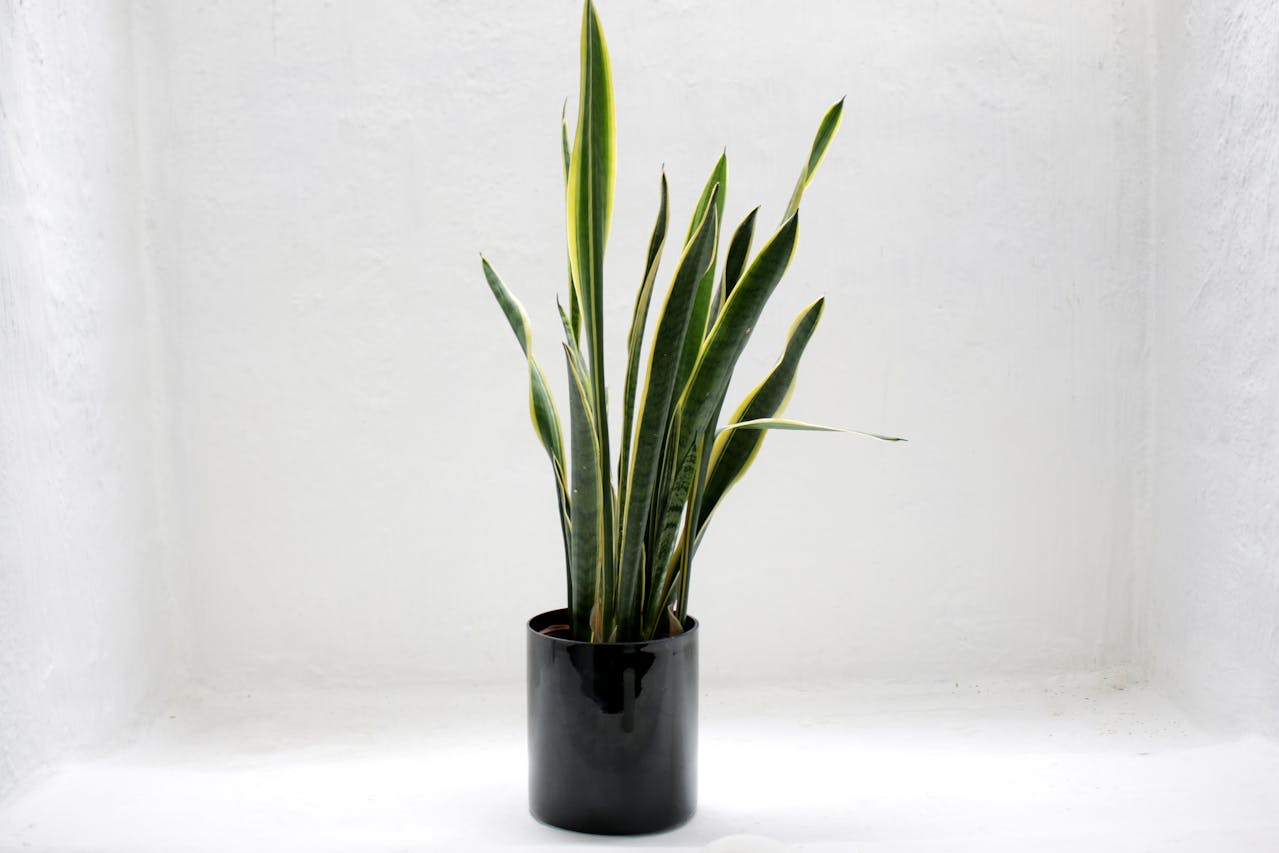Maintaining the health and vibrancy of your money plant goes beyond basic watering and lighting. One of the most crucial yet often overlooked factors is temperature. Money plants, known for their striking foliage and hardy nature, thrive best when grown in environments that mimic their natural tropical habitats.
For older adults who may already have limited time and resources for plant care, understanding the optimal temperature conditions can make all the difference in ensuring their money plants remain lush and thriving. This guide will explain the essential role temperature plays in money plant care and offers practical tips to create the perfect climate for your indoor greenery.
Also Read- Money Plants And Detoxifying Your Home: A Natural Approach To Clean Living
1. Understanding Money Plants Temperature Needs

Money plants are tropical plants that thrive in warm and humid conditions. They prefer a consistent temperature range that mimics their natural environment, allowing them to grow optimally indoors.
a. Ideal Temperature Range
-
Daytime Temperatures: Money plants flourish in temperatures between 65°F to 85°F (18°C to 29°C). During the day, they benefit from the warmth, which supports photosynthesis and vigorous growth.
-
Nighttime Temperatures: At night, money plants prefer slightly cooler temperatures, ideally 60°F to 70°F (15°C to 21°C). This slight drop in temperature can help the plant rest and recover from daytime activities.
b. Temperature Tolerance
While money plants are adaptable, they have limits to the temperatures they can withstand:
-
Cold Sensitivity: Temperatures below 50°F (10°C) can cause significant stress, leading to slowed growth, yellowing leaves, and potential leaf drop. Prolonged exposure to cold can be fatal.
-
Heat Stress: Excessive heat, especially above 90°F (32°C), can lead to dehydration and leaf scorch. In such conditions, the plant may show signs of wilting and browning edges.
2. Effects of Temperature on Money Plant Health

Temperature plays a pivotal role in various aspects of a money plant's health and growth:
a. Growth Rate
Optimal temperatures encourage robust growth, enabling the plant to produce new leaves and extend its vines. In contrast, temperatures outside the ideal range can stunt growth or cause the plant to become leggy as it stretches towards better conditions.
b. Leaf Color and Texture
Consistent warmth helps maintain the vibrant green color of the leaves. Fluctuating temperatures can lead to discoloration, with leaves turning yellow or brown. Additionally, extreme cold can make the leaves brittle, while excessive heat can cause them to become dry and crispy.
c. Pest Resistance
Money plants kept in stable temperature conditions are generally more resilient against pests. Temperature fluctuations can weaken the plant, making it more susceptible to infestations by pests like spider mites and mealybugs.
Also Read- Using Money Plants To Enhance Your Balcony Garden
3. Creating the Ideal Climate for Your Money Plant

Achieving and maintaining the right temperature for your money plant involves a combination of strategic placement and environmental control.
a. Strategic Placement
-
Avoid Drafts: Place your money plant away from cold drafts, such as those from windows or doors during winter months. Sudden temperature drops can shock the plant.
-
Shield from Heat Sources: Similarly, keep the plant away from direct heat sources like radiators, fireplaces, or heating vents. Excessive heat can dry out the plant and damage its leaves.
-
Optimal Lighting: Ensure your money plant receives adequate indirect sunlight. While they can tolerate low-light conditions, moderate light supports better growth and helps maintain a stable temperature around the plant.
b. Seasonal Adjustments
-
Winter Care: During colder months, maintain indoor temperatures by using space heaters or relocating the plant to warmer areas of your home, such as living rooms or bedrooms. Reducing watering frequency can also help the plant conserve energy.
-
Summer Care: In hotter months, ensure proper ventilation and consider using a fan to circulate air around the plant. Increasing humidity through the use of a humidifier or placing a water tray nearby can help counteract the drying effects of heat.
c. Use of Thermometers
Employ indoor thermometers to monitor the temperature around your money plant. This allows you to make timely adjustments to the environment, ensuring the plant remains within its ideal temperature range.
Also Read- Using Money Plants To Boost Your Immune System Naturally
4. Dealing with Temperature Extremes

Despite best efforts, maintaining perfect temperatures at all times can be challenging. Here are strategies to mitigate the effects of temperature extremes:
a. Insulation and Barriers
Use insulating materials or barriers to protect your money plant from sudden temperature changes. For example, placing the plant on a plant stand or using decorative screens can buffer it from drafts or direct heat.
b. Humidity Control
Temperature often correlates with humidity levels. In dry environments, especially during winter, use a humidifier or mist the plant regularly to maintain adequate moisture around the plant, preventing the leaves from drying out.
c. Temporary Relocation
If you anticipate extreme weather conditions, temporarily move your money plant to a more stable environment. For instance, during a heatwave, relocating the plant to a cooler, shaded area can prevent heat stress.
Also Read- Money Plant And Mental Health: How It Reduces Stress And Boosts Happiness
5. Signs of Temperature Stress in Money Plants

Recognizing the signs of temperature-related stress early can help you take corrective actions promptly:
-
Yellowing Leaves: Often a sign of overwatering or temperature stress. Check if the plant is exposed to extreme temperatures.
-
Brown Tips and Edges: Indicative of dryness caused by high temperatures. Increase humidity or adjust watering practices.
-
Wilting: Can result from either too much heat or cold. Ensure the plant is not in a drafty area or too close to heat sources.
-
Slow Growth: May indicate that the plant is not in an optimal temperature range, affecting its overall vitality.
6. Best Practices for Maintaining Ideal Temperature
To ensure your money plant remains healthy and vibrant, adhere to the following best practices:
-
Consistent Environment: Strive to maintain a consistent temperature around the plant, avoiding sudden fluctuations that can shock the plant.
-
Proper Ventilation: Ensure good air circulation without exposing the plant to direct drafts or strong air currents.
-
Temperature Zones: Create different temperature zones within your home to accommodate various plants. Keep your money plant in a zone that matches its preferred temperature range.
-
Monitoring Tools: Use tools like hygrometers and thermometers to keep track of the temperature and humidity levels, allowing for timely adjustments.
Also Read- Why Money Plants Make The Perfect Gift For Any Occasion
Conclusion
Temperature plays a crucial role in the health and growth of money plants. By understanding their specific temperature needs and implementing strategies to maintain an ideal climate, you can ensure your money plant thrives indoors. From strategic placement and seasonal adjustments to recognizing signs of stress, attentive care can transform your money plant into a vibrant and resilient addition to your home.
Embrace these practices to create a harmonious environment where your money plant can flourish, purify the air, and enhance the beauty of your living spaces. With the right temperature conditions, your money plant will not only survive but thrive, bringing lasting greenery and health benefits to your home.













Leave a comment
This site is protected by hCaptcha and the hCaptcha Privacy Policy and Terms of Service apply.